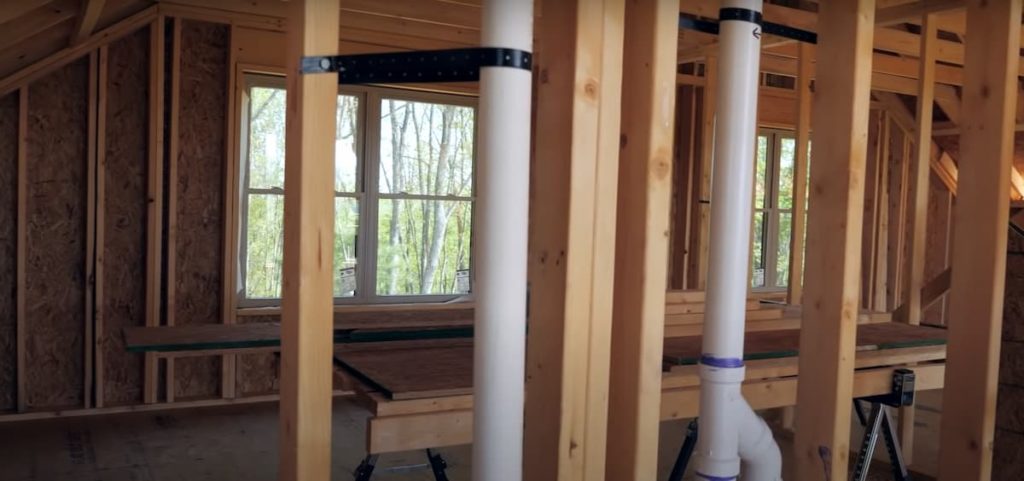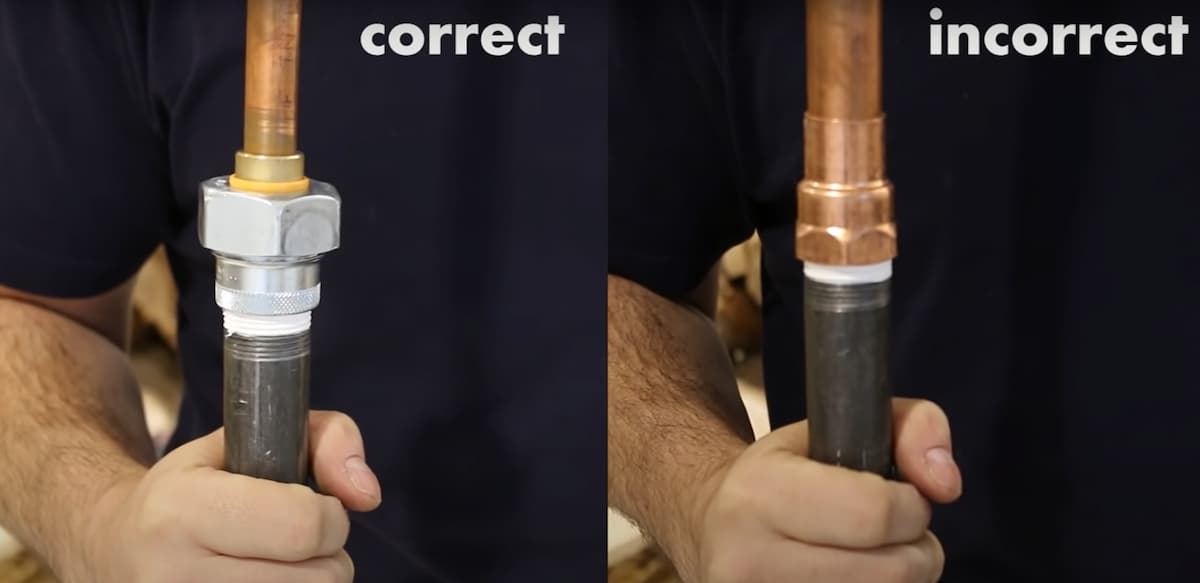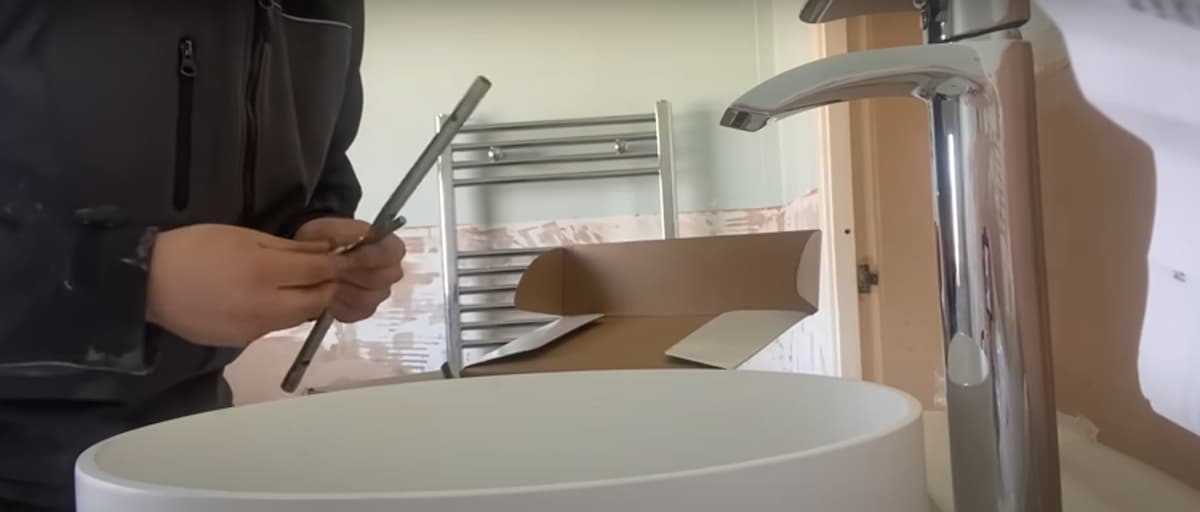
Rough plumbing is the term used to describe a portion of a plumbing installation that is unfinished. Rough-in means establishing the locations and sizes for future fixtures such as sinks, showers, bathtubs, water heaters, etc. Rough plumbing is standard practice in most homes today as it ensures that homeowners can choose from a variety of amenities when designing their new homes.
In the case of bathrooms and kitchens, rough plumbing accounts for pipes from hot and cold water sources as well as drainage lines. If these are not provided during initial construction then having them installed later may require a great deal more work due to obstructions or rerouting along with the additional cost to do so. Rough plumbing does not include any fixtures which will actually be attached to the lines; faucets, toilets and showers.
Since most homeowners, today understand what rough plumbing is there is a greater focus on finished plumbing which is defined as all of the plumbing fixtures that have been installed including those that will be attached to the rough-in pipes.
Rough Plumbing vs. Finished Plumbing
Types of Plumbing
– Rough plumbing
– Finished plumbing
Difference Between Rough Plumbing And Finished Plumbing
1: Location of Plumbing Systems (Rough vs. Finished)
A general rule of thumb is that anything above ground level is considered to be part of the “finished” work. On the other hand, all underground pipe connections belong to the “rough” work or unfinished portion. This includes drainage lines for sinks, bathtubs, showers bases (called “slab leaks”), water supply pipes, and hot and cold water shutoff valves, plumbing pipes etc.
2: Difference in Time/What Is Considered Finished (Rough vs. Finished)
The general rule of thumb is if it has been installed above ground level, it should be considered finished work. This may not always hold true depending on the type of material used for final installation such as tile or stone which should be installed after any rough plumbing due to its weight. In cases where a homeowner makes changes during the building process that affect the early plumbing layout, a plumber’s job becomes more challenging since they have to locate new fixture locations after inspection of the new plan.
3: Difference in Material/How It Is Connected (Rough vs. Finished)
Again, anything above ground level is considered finished and anything below ground level is rough. But this does not necessarily mean that there will be no connections between the rough and finished work as they may be connected underneath a house or basement.
4: Difference in Location (Rough vs. Finished) Plumbing systems tend to be installed on outside walls of homes as well as inside walls that separate major areas such as kitchens from dining rooms but excluding bathrooms which are typically located centrally within a home because water supply lines must run through the full height of floors for all fixtures including toilets, tubs etc. Electrical rough-ins fixtures are made in this manner.
How Much does Rough-in Construction Plumbing Installation cost?
- Costs of Rough Plumbing Price.
- In a small house Rough-In Cost
- Price of Rough In Kitchen Cost Per Square Metre Price
- In a Bathroom Rough-in Cost Per Square Metre Price
NOTE – Rough-in plumbing system charge is quoted by linear feet and the material used (steel frames, brass, pex etc.) and sometimes the plumber extra charge.
Installation Cost Based on This Construction Metric
The cost for rough plumbing in a construction project e.g, a typical bathroom starts at about $2 per square foot for basic fixtures which are inexpensive quality materials such as vinyl or plastic pipes, brass fittings and PVC drain lines, but can run up to around $15 per square foot for more expensive higher-end fixtures such as the rough-in of an upper-end shower stall with high-quality components and tile surround.

Plumbing Rough-in Installation Time
Rough-in time for new construction (time to install all pipe, drains and vents) for a typical small house is about 2 days. Rough-in time for a typical bathroom with basic fixtures can take as little as 1 day or as much as 3 days depending on the fixtures chosen and the number of people involved in the work.
In cases where changes are made to rough draft show plans such as moving certain water supply lines from one location to another, time will increase even further due to having to cut into walls and floor joists to accommodate the changes for the rough-in process.
Time required for new construction rough-in of higher-end fixtures such as a shower takes much longer because more care is taken in planning for the best possible layout.
A building inspector has to inspect plumbing fixtures, new construction plumbing, building inspection. The inspection is completed when a building passes inspection, after which construction begins.





